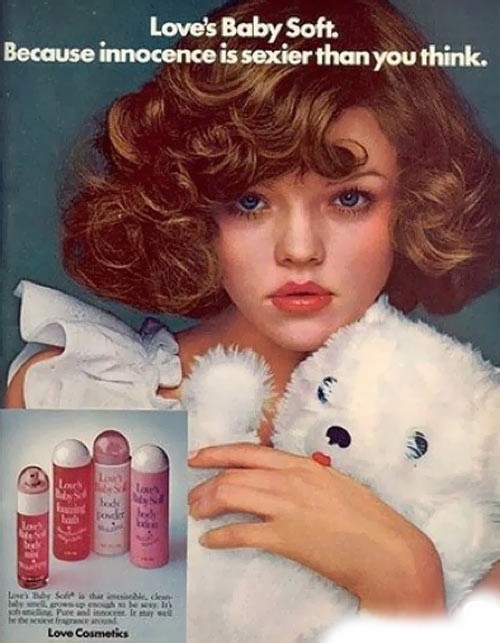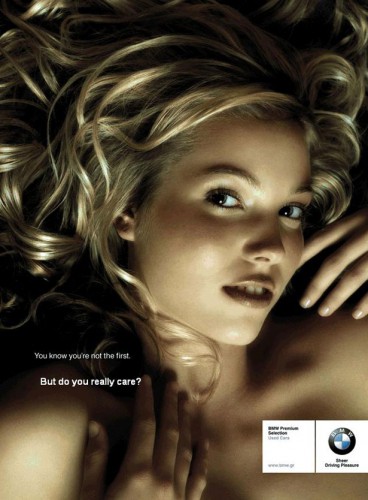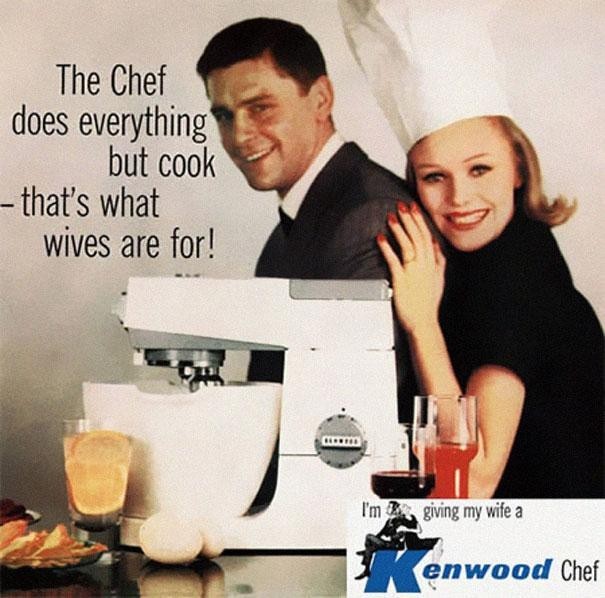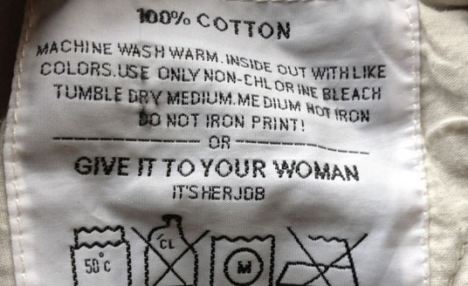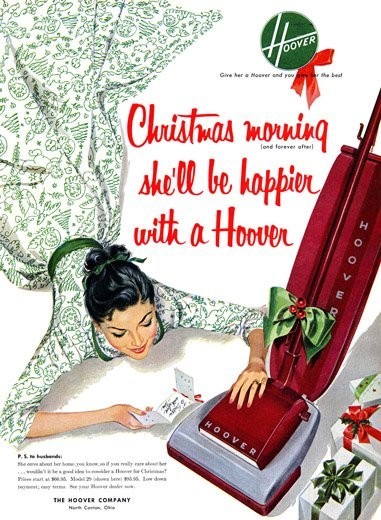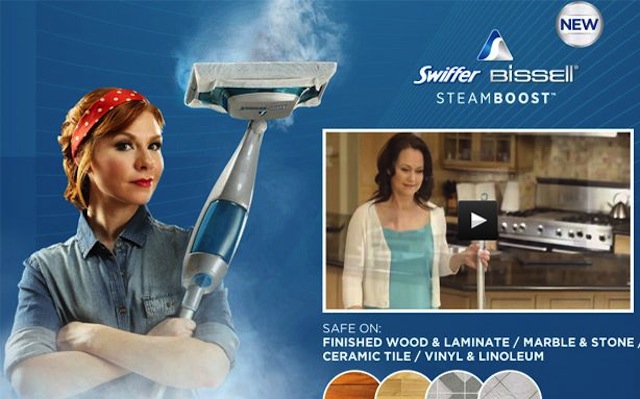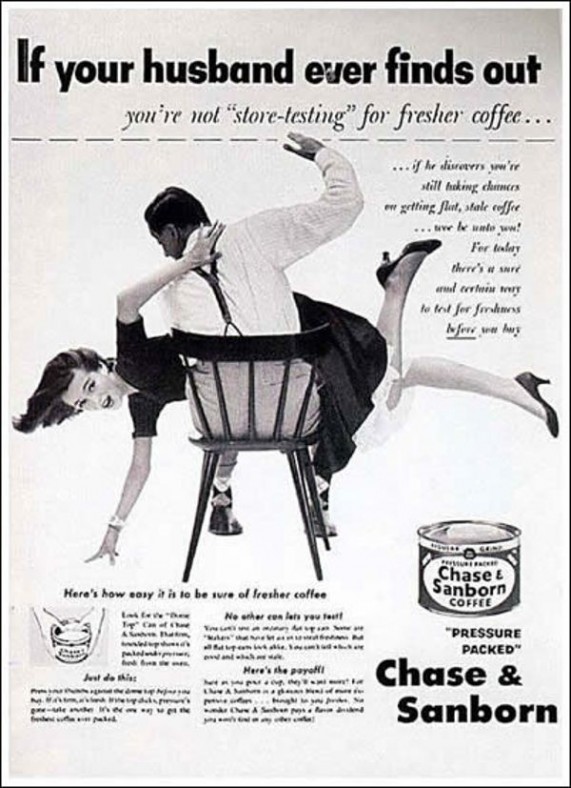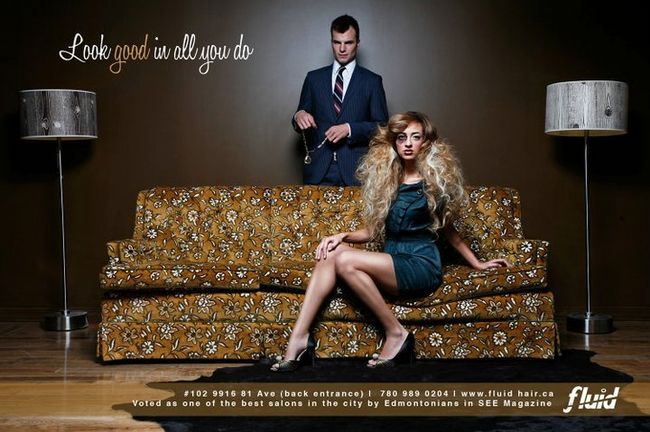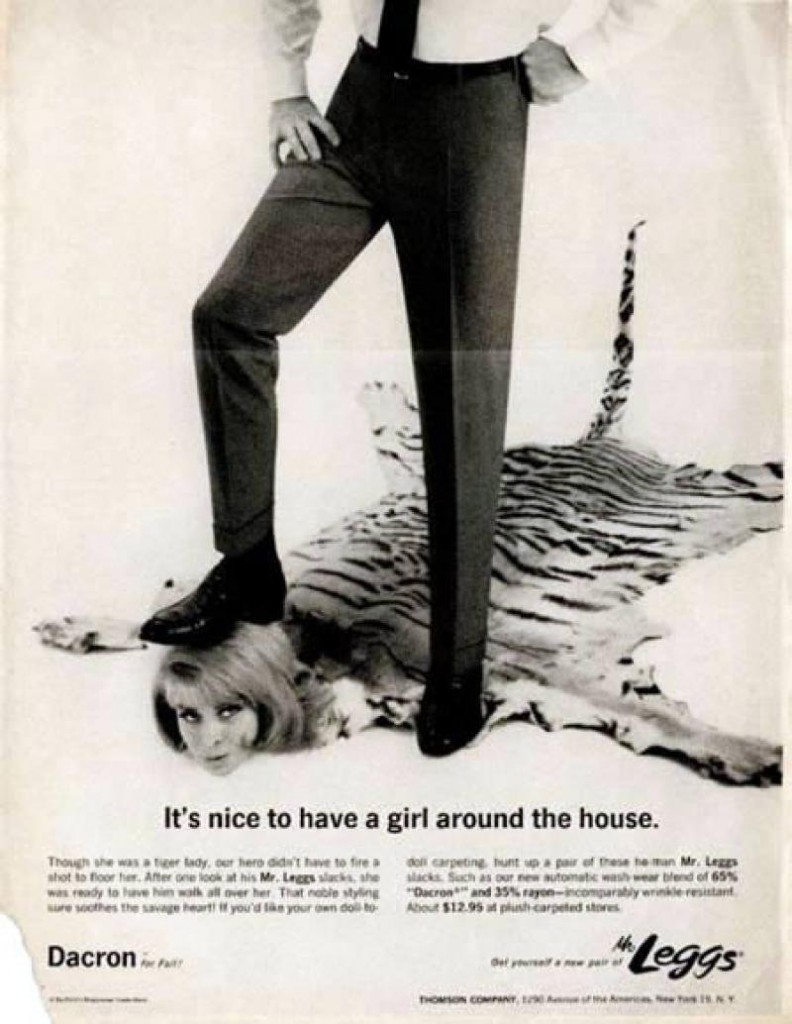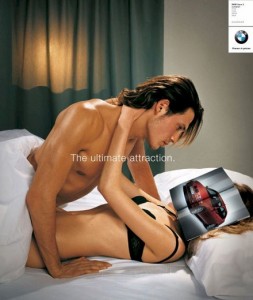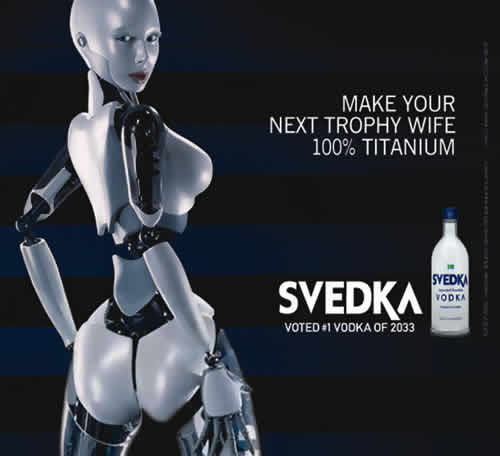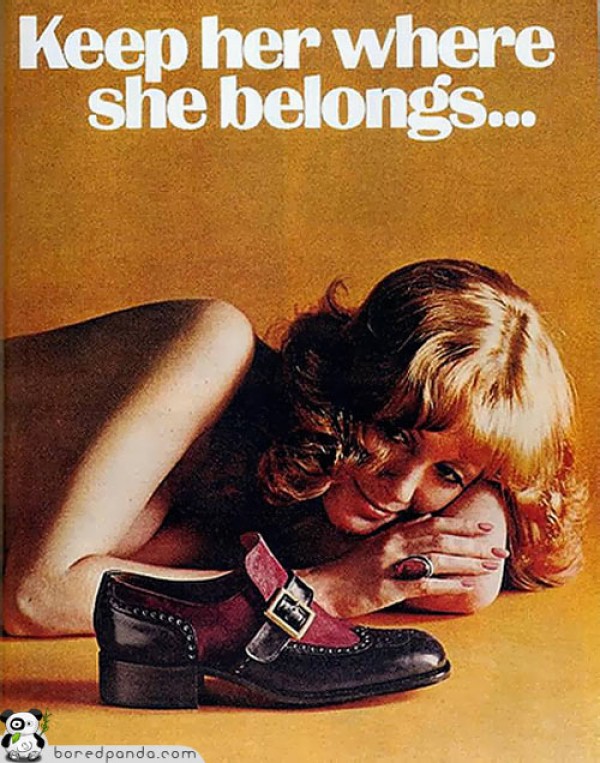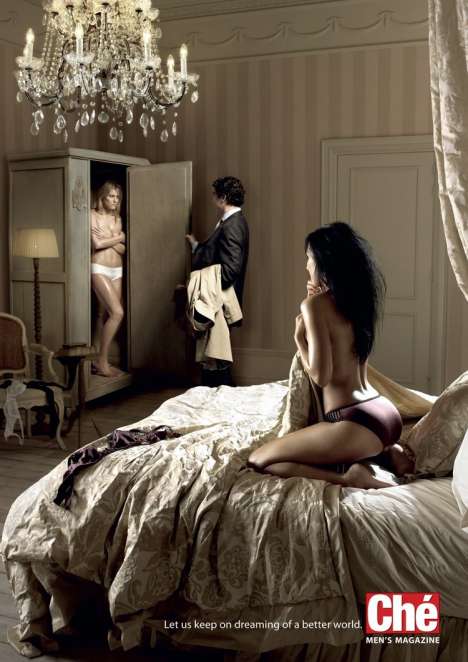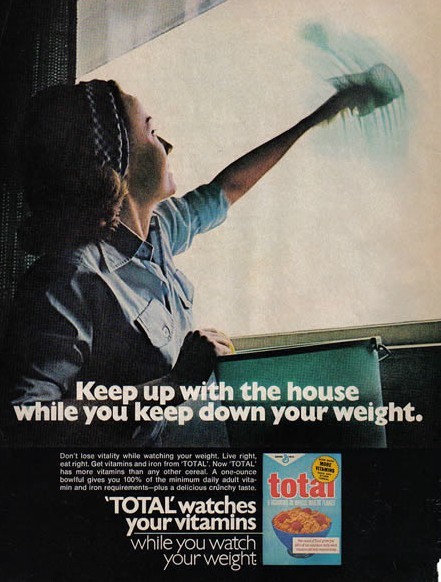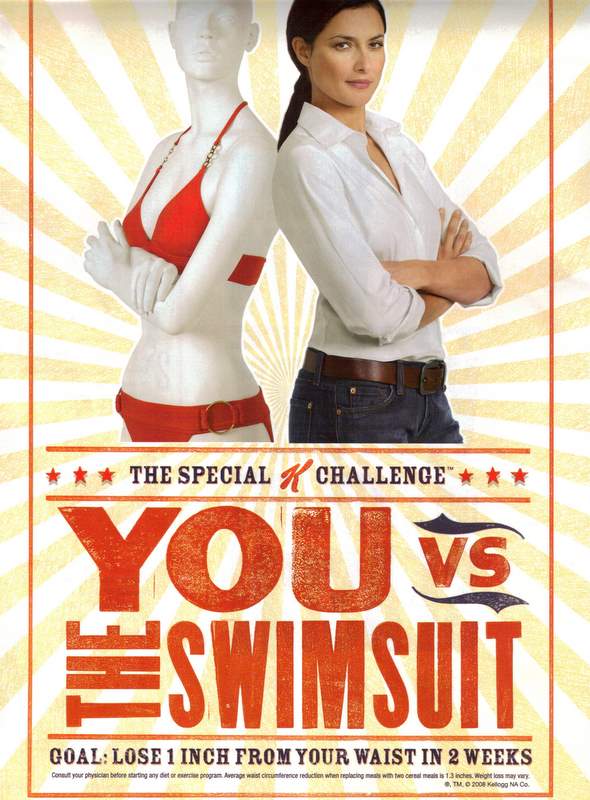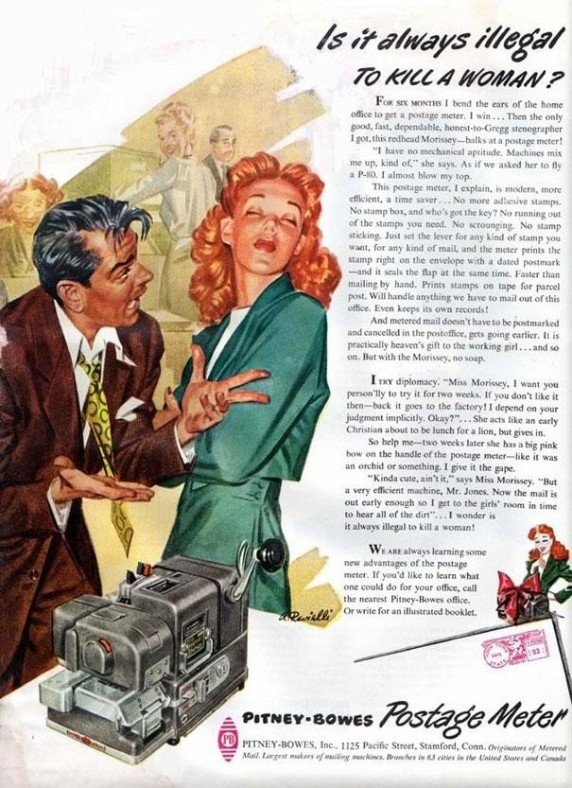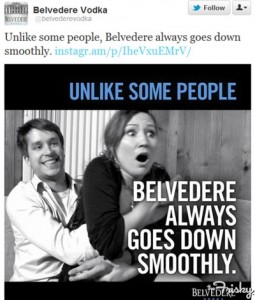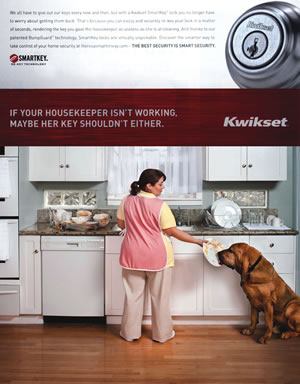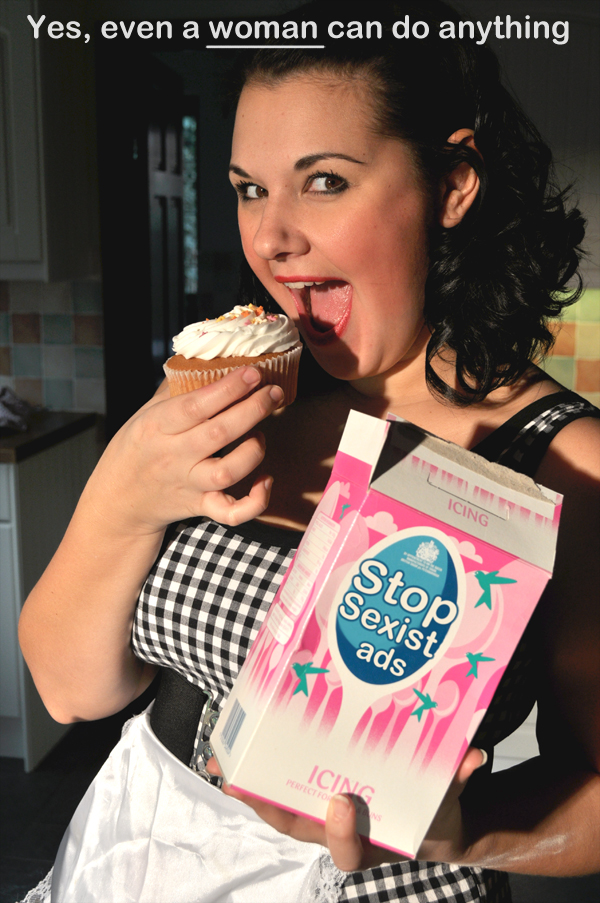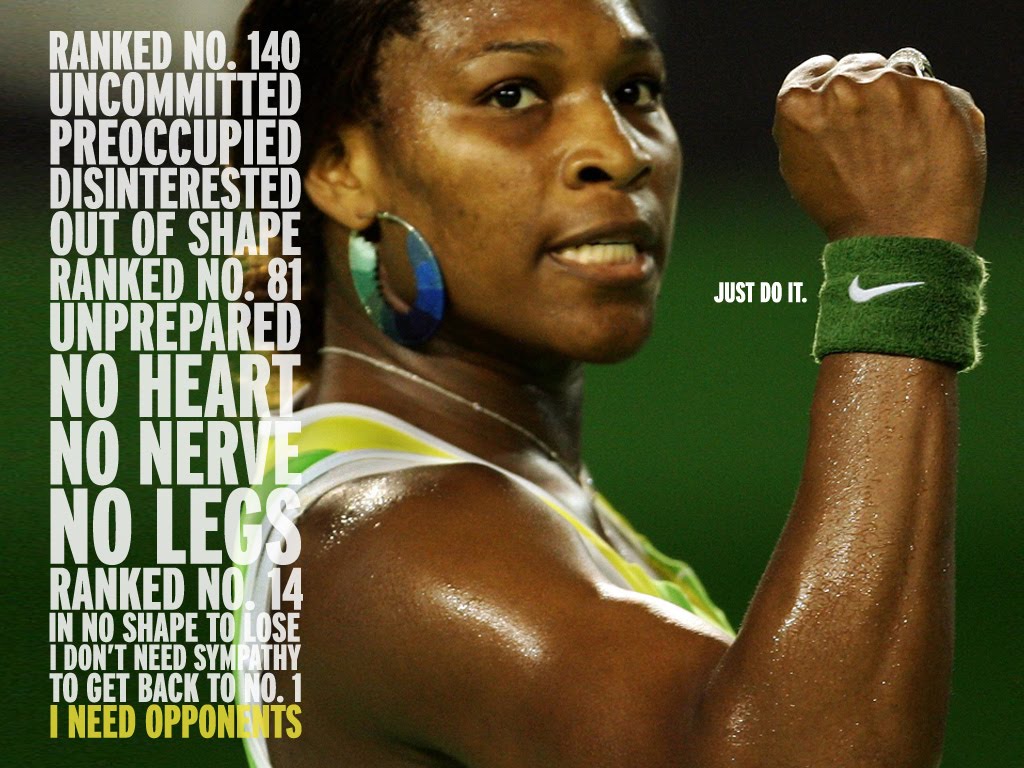I generally prefer to stick to positive imagery and commentary here, and I may eventually delete this post, but I keep seeing these lists of “vintage” sexist ads from the 50’s,60’s, and 70’s shared online so that folks may gloat about how “enlightened” we are in “this day and age.”
I work in marketing and advertising, and though I can tell you things are getting better (this is still one of my favorite of the pieces I’ve done, from my portfolio), lazy ad agencies and in-house marketers are still trying to sell things the same old way. Some of this is for click bait – the former head of American Apparel talks often about how he leaks ads he isn’t even going to run to try and get some social media buzz. But some, like the Swiffer ad below, are just insulting.
Today, there’s a more coordinated outcry against these types of ads, which is why many came down soon after they went up. Social media has made organizing and being heard a lot easier than ever before, but until the minds of marketers, designers, and copywriters like me change up at the top of that pyramid, we’re still going to get hit with these on occasion.
I wanted to share these here for folks who hear that tired old saw when they complain about sexism, “Well, at least you don’t live in Saudi Arabia! Women there can’t drive,” or “At least it’s not the 50’s anymore!” This is meant to silence – you may not get acid thrown on you for rejecting a man, but it’s quite possible you’ll be shot in the street for rejecting one.
So instead of playing oppression bingo, let’s take a good, hard look at the issues we’re still having, and work hard to address and correct them.
Be sure to check out the links at the end to studies about how sex and sexism don’t actually sell.
Vintage: 1974-ish
2008: BMW
The sexualization of young girls for fun and profit – in any age!
Vintage: Late 60’s/early 70’s
2012: Chino’s
Women’s work is women’s work, no matter the decade!
Vintage: 1953
2013: Swiffer
No matter the era, ladies, cleaning will leave you feeling happy, content and empowered!
Vintage: 1950’s
2011: Fluid Hair (salon)
Domestic abuse: look good while getting beaten no matter the era you’re getting beaten in!
Vintage: 1960’s
2010: BMW
And Bonus! Robots are better than cars, all of which are better than women. Because it’s easy to substitute women and objects.
2011: Svedka
Women’s place in the home: bodiless heads and headless bodies, or just chuck out the woman all together! It’s women-are-things perpetuated across the decades.
Vintage: 1970’s
Che: Mid-200o’s
Because we all know where women belong: on floors and in closets, as accessories, instead of doing active things, like speaking or wearing clothes.
Vintage: 1970’s
2008: Special K
We don’t have to do housework anymore! We’re liberated! Well, no. Now we’re slaves to the swimsuit. Look sexy-skinny ladies! It’s the only way to prove you’re empowered.
Lest you think I’m reading too much into the pretty obvious subtext here, here’s the brand’s subtext made actual text for another market:
2012: Special K
Vintage: 1960’s
2012: Vodka
Murdering and sexually assaulting women: headlines still played for laughs. When the Belvedere vodka team was confronted about this, they pleaded that they had not considered this image “might” be construed as condoning a sexual assault. Might help to have a few women on your ad team!
And finally, let us not forget this amazing recent-ish gem that it is a perfect trifecta of racism, classism, and sexism:
2011: Kwikset
To leave us all on a happier note:
Fuck the Patriarchy
Marketing has become a necessary evil in a capitalist society, but it doesn’t have to denigrate women and perpetuate old stereotypes. I hate marketing some days too, but here’s what some of it CAN look like. Problematic still? Sure. But not this trainwreck.
Nike
Bell’s
Levi’s: Go Forth
Powerade
People say to me a lot, in defense of sexist ads, that “sex sells.”
It’s actually been proven again and again that sex and sexism doesn’t sell products (especially cheap ones to women). Sex gets people’s attention, yes – but unlike ads which play on deeper emotion, people don’t actually connect that desire with the product.
What does that mean? It means that all of these ads – these sexist stereotypes, the race to the bottom, are not actually done to sell products, in the longrun, but to perpetuate a certain point of view. These ads exist to tell women their place in the world, in the home, in relation to men.
I make a decent living writing ad copy; it’s not my job to perpetuate sexist stereotypes of the world, but to sell things. Aside from my ethical stance against it, in the face of all this data, why on earth would I continue to do it?
If you’re still making ads like this in 2014, I can tell you, without a doubt, unequivocally, taking all this evidence into account, that you’re not doing it for a paycheck.
You’re doing it because you’re sexist.
So stop.
The other day, I went into an Ethiopian restaurant and read through the beer selections. There was nothing I recognized – except the Bells’ Lager. “Bells?” I thought, “why do I recognize that name?” I found myself suffused with warm fuzzy feelings, and decided to order one.
It was only as the waiter came to the table, and I opened my mouth to order, that I realized where my preference had come from. My warm, sentimental good feelings about the brand had come from watching this ad.*
You do not have to be evil to sell things.
———————————————————-
*it has since been pointed out to me that Bell’s Whisky and Bell’s Lager are two *entirely* different companies. I actually think this makes it even funnier, as an ad for the Bell’s Whisky made me want to buy an entirely different product from a different company, as they were both alcoholic beverage company’s which shared the same name. Marketing protip: Be sure the branded name of your product is unique to your product category, or you will be successfully selling (or turning someone off) someone else’s product!
